Providing livelihoods, and breathing life into ancient Indian art forms – Adirag’s mission
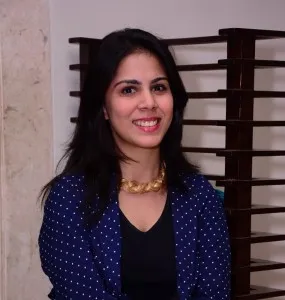
Aditi Garg belongs to a family for whom business is a legacy but her desire to be a self-made person made her keep looking for more. She holds a Masters in Management from University of Westminster (London) and Post Graduate Diploma in Entrepreneurship (PGDE) from The Judge Business School, University of Cambridge.
An end to her search
Being away from home, she finally found the answer. With a passion for fashion and an urge to promote the precious Indian craftsmanship, she recognised the market opportunity and started ‘Adirag’ in 2014. Adirag is a fashion company committed to empowering the artisan community of India. Aditi tells us how Adirag is helping the artisans match the palate of the modern buyer, “By partnering with artisans across the country, we are not only preserving the rich and diverse culture of India, but also offering contemporary-chic and sophisticated fashion products.”
Adirag, thriving on Indian roots
It initially began with exports and merchandising of fashion accessories. When she first started working designs, her sources of inspiration were always from the west. However, gradually, she started seeking inspiration closer home. She adds,
I realised that the traditional arts and crafts of India have shown a decline over the past few decades. After prospering for centuries, many arts are now fighting for survival. One of the major reasons is that artists are not getting their due and are being forced to live and work in poverty, as middlemen eat away their earnings. Artists, especially from the young generation, are finding far more lucrative employment options.
India has always boasted a diverse and rich cultural heritage and ethnic art. But unfortunately, western trends have proliferated so deep that our own traditions are becoming a secondary choice. The irony is that many international designers like Zuhair Murad and Roberto Cavalli have showcased collections on the global catwalk that draw inspiration from Indian roots.
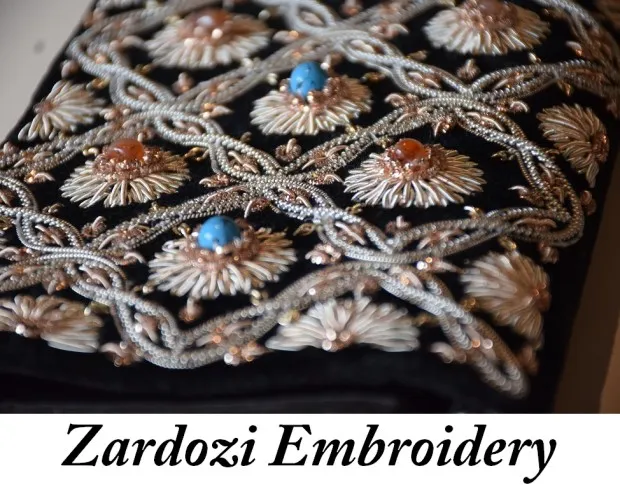
Adirag pivoted its vision into not just preserving but also to advancing these Indian art forms like embroideries and taking it to a path of revival. Aditi says, “The idea is to take the art to the maximum number of viewers, to showcase it to people who may not be familiar with the style. At the same time, because the narratives are contemporary, the modern viewer can relate to it. If we want to preserve our traditional arts, the first step is to build awareness.”
Being the foot soldier
She started examining the rich Indian textile history, travelling extensively to museums, libraries and meeting karigars. She learnt a lot about the different types of embroideries and how to differentiate between handmade and machine embroidery. “I pursued royalties, curators, weavers and artisans across the country in search of authenticity and to revive the old tradition of embroidery making. On research, I found some specific areas in cities like Agra, Bareilly, Kolkata known for these embroideries since olden times and personally interacted with the karigars I met there”, says Aditi. These artisans also helped her gather more information about the roots of the traditional technique. In this process she widened her artisan network. Many of them now work with Adirag.
The truth we forget too often
The artisans in India are the back bone of the non-farm rural Indian economy; however they are a perishing breed. She adds, “There is a high demand for these products in the Indian as well as global market but India’s share is below 2% representing a tremendous growth opportunity.”
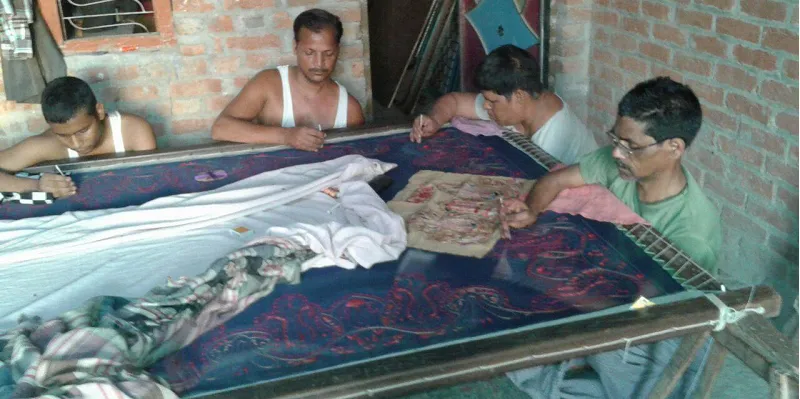
India may be ‘incredible’ but her people who toiled hard to give the country a place in the world map are not ‘shining.’ Most of our national award winning craftsmen, like Mohammed Bilal(Zardozi embroidery) and Anwar Jahan(Chikankari), whose exquisite crafts have helped India earn a place high amongst those in the world are unfortunately living without even the basic amenities. These craftsmen are fighting hard for their livelihood, health, education and safety of their family members. One of the major reasons is that artists are not getting their due and are being forced to live and work in poverty, as middlemen eat away their earnings. Adirag hopes to work with these celebrated artisans in the future.
The works
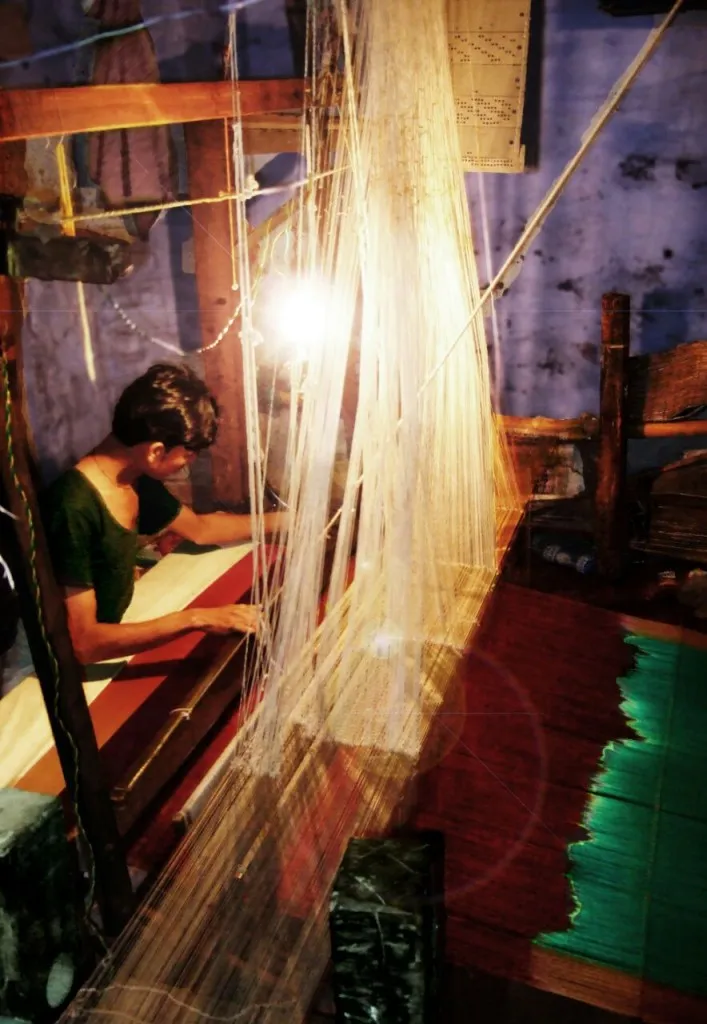
Remember the story where the fox invited the stork for dinner and gives food in a plate? The stork goes back hungry because the stork’s beak isn’t designed to eat from a plate. Adirag makes sure that the artisans don’t have to be bothered by anything but doing what they do best. The marketing, visibility, collection, etc is what Adirag takes care of. Adirag takes care of making sure these products reach the masses and the benefits go to the artisan. Aditi explains how things works with an example. “A Gara Saree can cost anything between Rs. 10,000 to even 2 lakhs depending on the intricacy of the work. I don’t wait for the saree to be sold on Adirag to pay the artisans. When I pick the product from them, I pay them immediately. I then see what the market price is and sell the saree with some margin on the platform.” We ask if the artisans get a share of the margin as well. Aditi says, “Not at the moment, we’ve operating costs and are a young company.”Who learns from whom?
It’s a two way street. The intricate designing part is naturally left to the artisans. Aditi gives them a basic idea of what she’s looking for with sketched motifs on a computer. “It helps in standardising and explaining the look I’m going for to them. It is up to them on how to make it look exclusive with the embroideries.” On the other hand, there are cases when the artisans show Aditi a sample of their latest design and she’s bowled over. She then thinks of ways of incorporating the designs to create something that will look luxe and will appeal to the savvy.
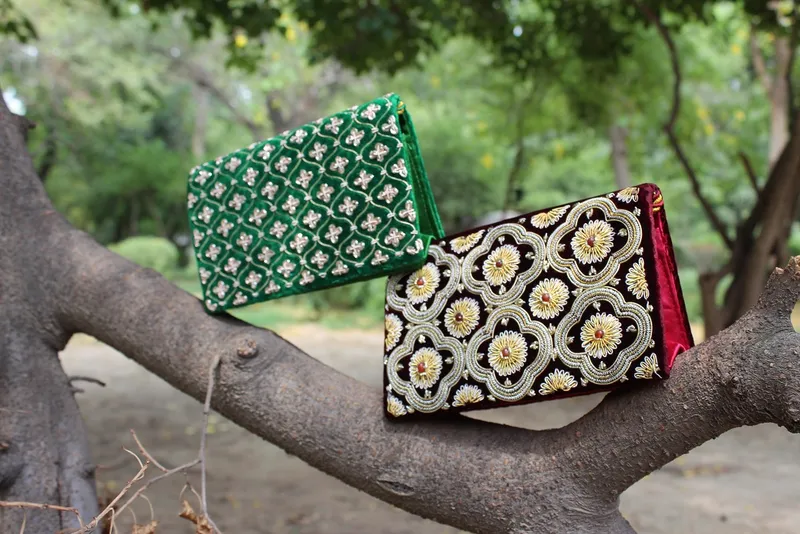
The target audience
Clearly targeting the financially upwardly mobile, the products are in the luxury category and the pricing on the higher side. “We target the classy, independent, free spirited members of the luxury market. Currently having exclusive clients, we are also retailing through many multi designers stores across the country like Fuel (Mumbai), Collage (Chennai), Angasutra (Hyderabad) to name a few.” Displaying and selling through various upscale wedding exhibitions helps them build their clientele and spread the word about the brand and artisans behind it.
Finances and challenges
Adirag is currently self-funded. One of the biggest challenges and barrier to growth is lack of funds. “Financial institutions don’t give fashion brands the same respect as tech companies. Fashion is a high risk, capital intensive and highly seasonal industry. For this reason, it is difficult to raise funds by banks, etc. One needs to rely on their personal savings and borrow money from friends and family.”
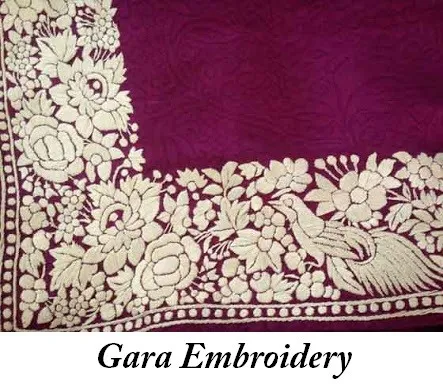
Another challenge being the very nature of the sector and the ease of duplication. “The sector of artisans is unorganized and there is always high risk of knock offs which becomes a big threat. In today’s time it is not difficult to just google a pic of a nice outfit and get the same thing made from your local tailor. Hence there is always a high risk of our design being plagiarised and something be made by machine or even digitally printed. Since machine made are produced at a cheaper rate and customers tend to not differentiate between machine and hand, and end up buying the machine made products.”
The dream
On the brand’s path, Aditi comments, “Over a period of time we aim to grow our network to more and more artisans in perfecting their creations and make great inroads into bringing life back into the homes of our artisans and ensuring that hand embroideries are not only preserved, but that the artisans are also properly compensated for their skills.”
A textile journey across India should be on the bucket list of any aesthete. She adds, “The intricacy of the traditional embroidery like Zardozi, Gara embroidery, and the colourful weaves of Patola, when seen with the naked eye, is indeed a thing of joy.”
Traditional Indian arts embody the highest levels of artistic excellence, with a legacy that dates back hundreds of years. Generations of artists have dedicated their lives to the art form, developing it to the highest level of artistic excellence. On a parting note, she reminds us that art is much more than just art,
It isn’t just a piece of art; it is a living reflection of the culture, customs and traditions of a community. Most traditional artists consider their art a form of worship, and the act of creation comes directly from the heart.
Related read:
How Kashmir Box is putting Kashmir on the world map for all the right reasons







